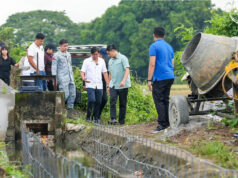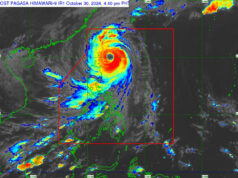ADDRESSING the Philippines’ infrastructure shortcomings will require more efficient åment of rigid institutional processes to clear up the project pipeline, ANZ Research said.
“Based on past trends, the Philippines lags in efficient public investment. We are hopeful though that the presidential elections next year and the current slow growth trajectory will push the government to improve the efficacy of the investment management process,” ANZ Research Chief Economist for Southeast Asia and India Sanjay Mathur and economist Kanika Bhatnagar said in a note.
ANZ Research compared the Philippine infrastructure gap to those of India and Indonesia, which have inherent “institutional rigidities” obstructing public investment.
“What is less understood is that these shortcomings can be overcome not just by spending more on infrastructure but also making spending more efficient so that delays and cost overruns are minimized,” they said.
In 2020, infrastructure spending declined 22.7% to P681 billion, according to preliminary data from the Department of Budget and Management. Actual spending that year exceeded the downgraded target by 12%.
This year, the government hopes to spend P1.169 trillion on infrastructure, or about 5.9% of the economy. Another P1.154 trillion is targeted for the sector in 2022.
Economic managers are hoping the infrastructure push will accelerate the recovery through job creation.
“This is an opportune time to hike infrastructure spending. Large output gaps and low interest rates imply that such spending will not crowd out private spending and may even support it,” Mr. Mathur and Ms. Bhatnagar said.
“The challenge is not only to increase infrastructure investment but also its efficacy so that trend GDP (gross domestic product) growth improves,” they added.
In 2020, the Philippine economy contracted 9.5%. Economic managers expect it to bounce back this year with growth of between 6.5% and 7.5%. — Luz Wendy T. Noble



